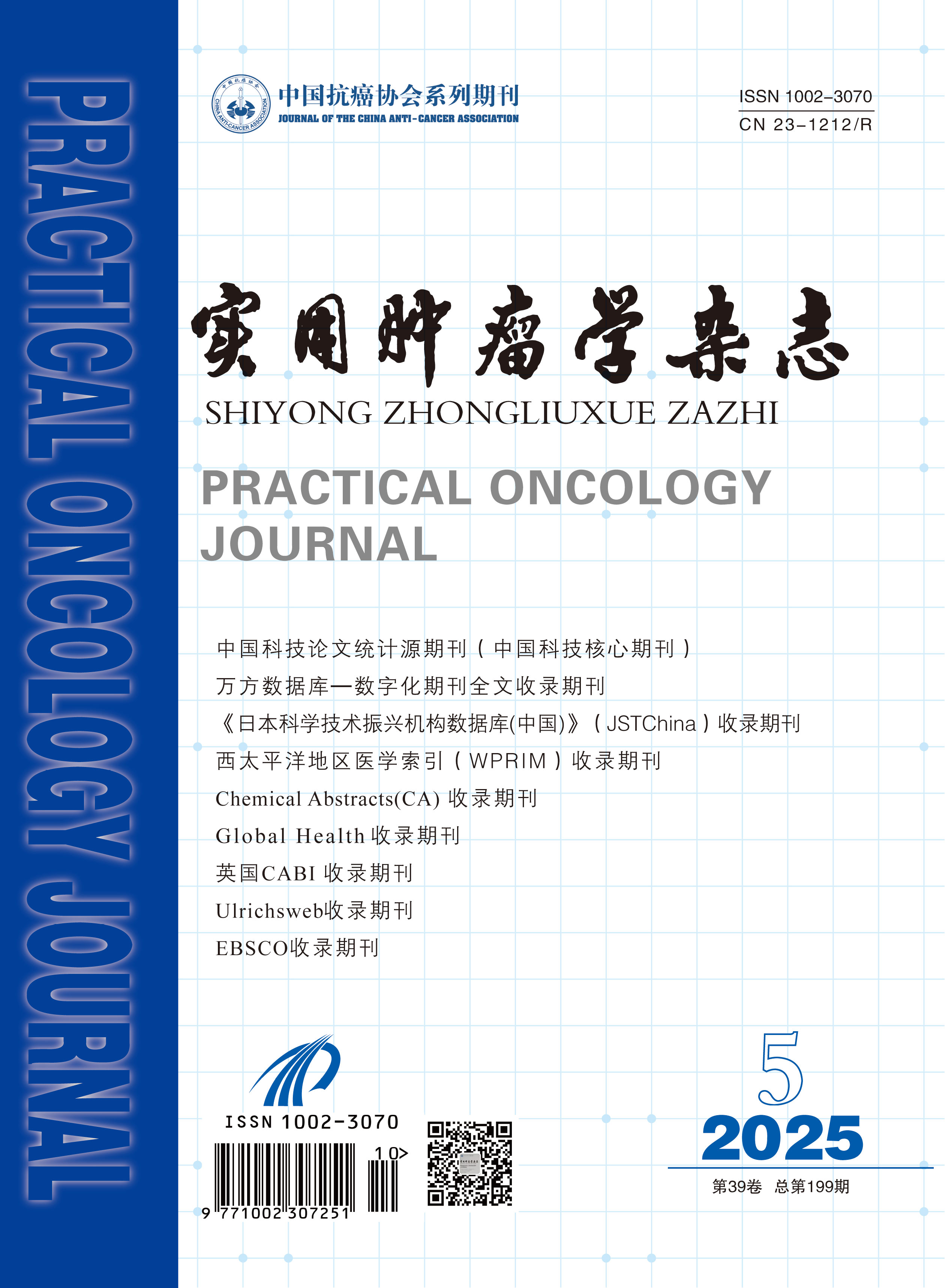-
Analysis for the prevalence trend of malignant tumor incidence and mortality in cancer registration areas in Qinghai Province from 2014 to 2021
- ZHOU Suxia, XU Zhihua, GUO Shuling, FAN Ning, XU Lili
-
2025, 39(5):
381-387.
doi:10.11904/j.issn.1002-3070.2025.05.003
-
 Abstract
(
21 )
Abstract
(
21 )
 PDF (1661KB)
(
18
)
PDF (1661KB)
(
18
)
-
References |
Related Articles |
Metrics
Objective The aim of this study was to analyze the incidence,mortality,and epidemiological trends of malignant tumors in the cancer registration areas of Qinghai Province and provide a reference for the prevention and control strategies and measures of malignant tumors. Methods According to the quality control standards for cancer registration,the data on malignant tumor incidence and mortality from 8 national cancer registration areas in Qinghai Province from 2014 to 2021 were collated.The crude incidence/mortality,age-standardized incidence/mortality rate by Chinese standard population(ASIRC/ASMRC)and World standard population(ASIRW/ASMRW),the cumulative rates(0-74 years old),and the age-specific incidence/mortality of malignant tumors were calculated for different sexes and regions.The Joinpoint 4.9.0.0 software was used to calculate the average annual percentage change(AAPC)and conduct trend analysis. Results The crude incidence of malignant tumors in the cancer registration areas of Qinghai Province from 2014 to 2021 was 221.25/100,000(243.31/100,000 for males and 198.68/100,000 for females),the ASIRC was 199.48/100,000(229.13/100,000 for males and 173.34/100,000 for females),the ASIRW was 196.38/100,000(228.32/100,000 for males and 167.97/100,000 for females).The cumulative rate for those aged 0-74 years was 21.57%;the crude mortality of malignant tumors was 131.90/100,000(163.86/100,000 for males and 99.20/100,000 for females),the ASMRC was 121.07/100,000(157.33/100,000 for males and 87.45/100,000 for females),the ASMRW was 120.53/100,000(157.54/100,000 for males and 86.31/100,000 for females),and the cumulative rate for those aged 0-74 years was 12.79%.The crude incidence,ASIRC,ASIRW,crude mortality,ASMRC and ASMRW were all higher in males than those in females.Both the crude incidence and mortality of malignant tumors increased with age.The crude incidence rate increased rapidly after age 45,peaked in the 80-84 age group(2,352.29 per 100,000),and declined slightly in the 85+ age group.The crude mortality increased rapidly after age 50,peaked in the 85+ age group(2,305.44 per 100,000).The crude incidence(AAPC=5.68%,95% CI:3.48%-7.93%,P<0.05)and crude mortality(AAPC=3.67%,95% CI:2.44%4.91%,P<0.05)of malignant tumors showed an overall upward trend from 2014 to 2021.The ASIRC(AAPC=-0.12%,95% CI:-3.70%3.59%,P>0.05)remained stable,while the ASMRC(AAPC=-2.81%,95% CI:-3.28%-2.03%,P<0.05)showed a downward trend.The top five malignant tumors in terms of crude incidence were stomach cancer,lung cancer,liver cancer,female breast cancer,and cervical cancer,respectively;the top five malignant tumors in terms of crude mortality were stomach cancer,lung cancer,liver cancer,esophagus cancer,and colorectal cancer,respectively. Conclusion From 2014 to 2021,the incidence and mortality of malignant tumors in the Qinghai Province cancerregistration areas showed an increasing trend,with higher rates in males than those in females.It is recommended that targeted prevention and control measures should be implemented for people aged 45 and older,with stomach cancer,liver cancer,and cervical cancer as key cancers.



 Submission or Manuscript
Submission or Manuscript Peer Review
Peer Review Editor Work
Editor Work Office Work
Office Work Editor-in-chief
Editor-in-chief